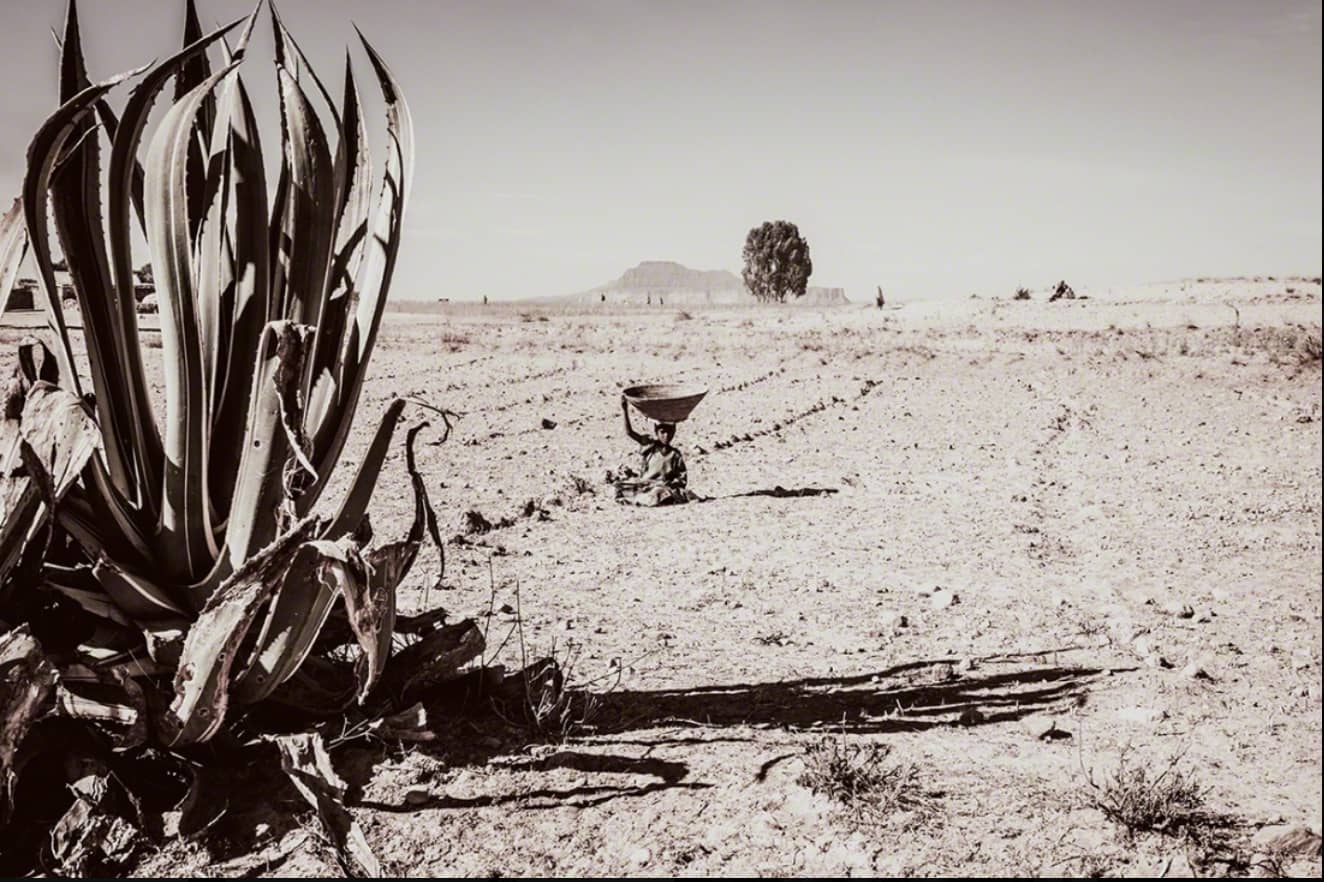Most of us don’t give a second thought to enjoying a glass of cold water with a meal or taking a hot shower to start our day. But for nearly 800 million people worldwide, who don’t have access to safe water, both of those actions are considered a luxury.
On this World Water Day, leaders are asking us to express how we value water in our own lives, by sharing our experiences on social media. Related to everything from hygiene to spirituality, watching the responses come in, we’re reminded how sacred one of the world’s most precious commodities can be.
charity: water Partnership
In 2013, I became a supporter of charity: water. Their model for locally-led solutions that help communities develop sustainable infrastructure inspired me to travel to Ethiopia with them to learn more. I remember getting up every day, riding in a Jeep into the middle of nowhere and witnessing the stark beauty of the landscape, contrasted with the heartbreaking poverty of the villages. I recall meeting with the locals, hearing their stories and seeing how they got by without access to clean water. I saw how complicated basic daily life can be, when you’re forced to go without. I also learned firsthand, how charity: water wells are dug, and felt the joy of the communities, when the clean water wells opened.
I also formed a campaign for my birthday that year to bring clean water to Rwanda and designated Clean Water as an Area of Giving at The White Feather Foundation, to raise funds for future endeavours. Many people still ask, in this age of innovation, how clean water can be a problem for so many. There are several reasons, but two of the most devastating, are Climate Change and Infrastructure.
Climate Change
Warming temperatures across the planet can lead to prolonged droughts, which leave dry, vulnerable regions at a higher risk. This is because a greater amount of water evaporates from the soil and precipitation patterns become disrupted.
The results of such a drought can have significant negative consequences on the environment. In agriculture, the loss of crops due to dry land can lead to spikes in food cost, making basic nourishment cost prohibitive for many. The desperation that results from these situations can also lead to social unrest and violence.
In addition, drier foliage sparks wildfires that can burn out of control as we’ve seen in recent years in Australia and North America. There’s even an impact to energy caused by climate change because many electrical production plants need cool water for their equipment to effectively maintain safe operations.
Alternately, flooding caused by natural disasters, such as hurricanes, which have become more destructive as a result of climate change, can pollute water. Sewage and septic systems can back up and wells can be submerged in contaminated water, resulting in the spread of bacteria and disease.
Without action on climate change, these hazards will only intensify in coming years…
Infrastructure
The other main source of unsafe water is the failure of infrastructure, or the absence of it altogether. Some efforts to bring clean drinking water to underdeveloped countries have been short-lived, because they didn’t provide the citizens with sustainable ways of maintaining hygienic systems.
The actions (or lack of actions) from governments can also be to blame. Even in developed nations, access to safe water isn’t guaranteed. For example, the people of Flint, Michigan in the U.S. have been fighting leaders for years because of their contaminated water. In their case, nearby industry polluted their source, but even when that was realized, citizens couldn’t get their government officials to correct the problem. Residents had to build coalitions and sue their leaders to get results, and to this day, they’re still replacing lead pipes. In another famous U.S. case, a legal clerk by the name of Erin Brokovich brought litigation against a gas and electric company after a staggering number of citizens in a California town, became ill because of drinking water they had polluted. It can happen anywhere.
Solutions
It’s always easy to call attention to issues, but the hard part comes in solving them. So, what can be done about the clean water crisis? If you’re moved to help, start with these three steps:
- Educate. When we learn more about why a problem exists, we are better equipped to deal with it. Research where there’s a lack of access to clean water, why it’s happening in that location and what resources are needed to bring relief, then share that knowledge.
- Empathize. When you listen to the stories of the people affected and develop a care for their specific plight, you can best focus on how to compassionately lend a hand.
- Act. If you have the means, donate to a clean water campaign. If you have the time, write to elected officials about the dangers of climate change.
The lack of clean water in a community, can cause malnutrition, prevent the ability to earn a living and significantly impact health and hygiene. All of us have the power to help balance the clean water inequality that still exists across the globe. We just have to educate, empathize and act …
Photo, “Lonesome, 2014” by Julian Lennon. View his entire “Horizon” collection, which features additional images from his trip with charity: water at julianlennon-photography.com.
Tassoula Kokkoris joined Julian’s team in 2020. She leads Communications & Special Projects.
To donate to The White Feather Foundation Clean Water area of giving, visit whitefeatherfoundation.com.



The use of natural resources in a irrational way has brought serious problems… But Education, Empathy and Action will recouver the Earth. I believe 🙏 Congratulations on the TWFF initiative. Count on me.🥰🥰